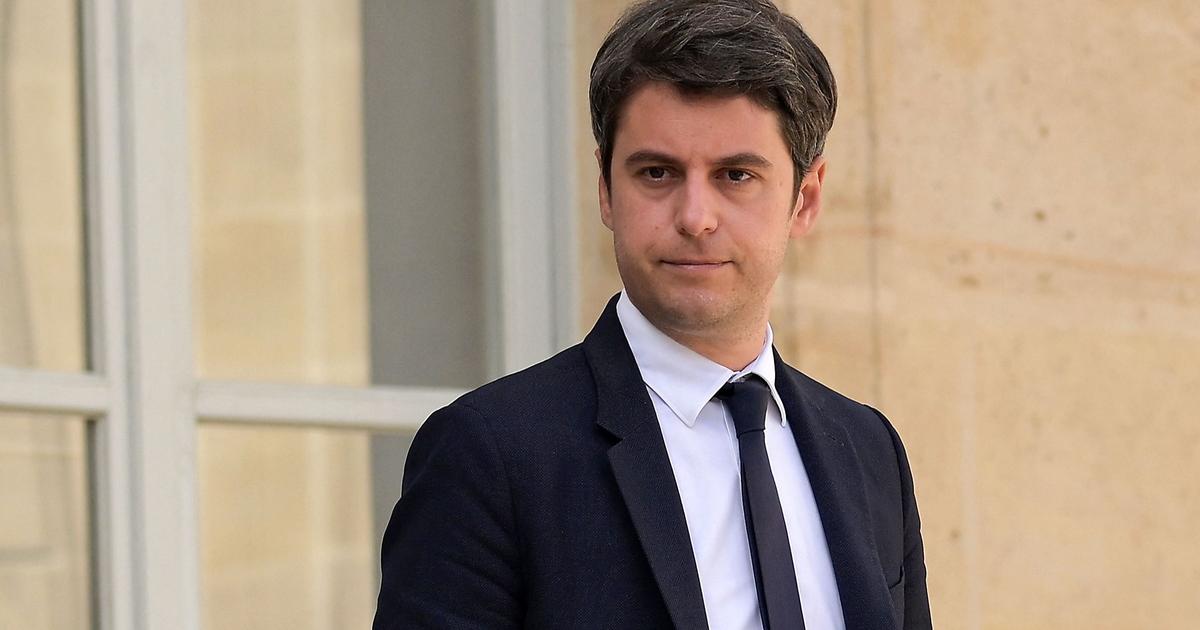Allgäu - Filmmaker and author Leo Hiemer on research on »Beloved Gabi.
A girl from the Allgäu - murdered in Auschwitz «and his new play.
The traveling exhibition “Beloved Gabi. A girl from the Allgäu - murdered in Auschwitz “is currently touring the Allgäu and can be seen in Oberstaufen from Sunday, October 24th. The exhibition is based on the research of the freelance director and author Leo Hiemer. Born in Maierhöfen in 1954, the studied historian - known for his cult film “Daheim die Leut” (1985) - critically examines his homeland in the Allgäu in many of his projects. In 1994 his award-winning film "Leni ... must go", which is based on Gabi's story, was released.
In 2009 he resumed research.
This resulted in his book “Gabi (1937-1943).
Born in the Allgäu.
Murdered in Auschwitz ”, the traveling exhibition and the play“ Die Jüdin und der Kardinal ”, which premieres on Tuesday, October 26th at the theater in Kempten.
In the interview, Leo Hiemer tells how he started researching Gabi with the help of his mother, what resistance he encountered and how the “Remembrance Café” with contemporary witnesses brought to light other Nazi crimes in the Allgäu.
How did you find out about Gabi and her tragic story?
Hiemer
: “I found out the story in 1987 from the newspaper. At that time a dispute arose over a memorial plaque that the 'Gabriele Memorial Circle' wanted to have attached to the church in Stiefenhofen. The article was about the fact that a girl named Gabriele Schwarz, who was born in the Allgäu in 1937 and grew up on a farm in Stiefenhofen, was brought to Auschwitz and murdered at the age of five. I was puzzled, I couldn't imagine how that was possible. And: my grandparents come from Stiefenhofen, my mother grew up there, so of course I asked myself whether she knew the girl, she was born in 1933. The answer was yes. It already pulled the floor from under my feet. She always envied Gabi because she was dressed so nicely and because of her beautiful curls.But when asked why she never said anything, my mother said: 'People don't want to hear about that anymore' ".
And so began the research for your feature film "Leni muss go"?
Hiemer
: “Not quite.
At the beginning there was a one-hour radio feature.
That's why I went to Stiefenhofen with my mother.
I wanted to speak to contemporary witnesses, the neighbors, the daughters of Gabi's foster parents and so on.
But nobody wanted to tell anything.
My mother helped build trust with small talk about the past.
And at some point even photos were taken from the attic.
The feature film "Leni ... must go" - Leni, not Gabi, because it is not a documentary - could of course not reproduce the full complexity of the real events.
The storylines are simplified. "
Between the 1994 film and her book “Gabi (1937–1943).
Born in the Allgäu - Murdered in Auschwitz ”, which appeared in 2019, is 25 years old.
What had happened in the meantime, why did you pick up Gabi's story again?
Hiemer
: “After the feature film, the case was settled for me.
In 2008 a teacher from the secondary school in Kempten approached me with an unbelievable archive find.
It was about Gabi's assets, securities worth 3000 Reichsmarks, which, as was customary, were transferred to the Reich's main treasury after her murder.
The Jews were not only murdered, but also robbed, and their property confiscated.
And all these files are still there.
'Now I want to know everything too,' I thought.
What are the very detailed yet atmospheric depictions in the book based on, is it all fact-based?
Hiemer
: “Yes.
It's been a lot of work, and I've worked on it for ten years with interruptions.
Four years of pure research and then another two years to write the book.
There are witnesses who were on the same train to Auschwitz as Gabi, there are numerous documents, I really tried very hard and had the ambition to prove everything. "
After the radio report, the film, the book and the exhibition, you have now written another play: “The Jewess and the Cardinal”.
Why did you choose this form of processing?
Hiemer
: “The reason for the play was the diaries of Cardinal Faulhaber, which have only recently become accessible. You have to know: He was a very prominent and influential personality. Gabi's mother Lotte came from a wealthy Augsburg family. She married Wilhelm Eckert in 1933. He knew Faulhaber from the First World War and had good connections with him. For example, on Faulhaber's recommendation, the couple could marry Catholic. Wilhelm Eckert died after only one year of marriage. Lotte was baptized with letters of recommendation from Faulhaber in 1937, then tried to flee to the USA with her daughter with his help. I found 14 encounters with Lotte in his diaries. And I asked myself:What do I do with the story? The line 'the Jewess and the Cardinal' kept going through my head and one day it was clear: It's a play, it has to be on the stage! "
So “The Jewess and the Cardinal” sheds light on another facet of the fate of Gabi and her mother and focuses on the Catholic Church?
Hiemer
: “These 14 encounters between Cardinal Faulhaber and Lotte are almost reminiscent of the 14 Stations of the Cross.
In the room there was also the question: 'What did baptism mean for the church'.
Here the line was loyal to the regime.
Only the 'good Germans' were baptized, so no leftists, anarchists and so on.
Gabi's mother had recommendations from the cardinal for ecclesiastical institutions in the USA, but met with resentment as an unmarried woman with an illegitimate child and as a Jew.
There was clearly a Catholic selection.
The escape failed because of that. "
You spoke a lot with contemporary witnesses.
How do you assess the process of coming to terms with the Nazi past in the Allgäu - also from the public side in the cities and municipalities?
Hiemer
: “With contemporary witnesses you often only encounter defenses.
That is understandable.
The questions about what happened back then tear open old wounds, bring out trauma again, you expect something from people.
Often it is also relatives who resist.
But that changes over time.
I would say that it is now generally accepted that one deals with the Nazi era.
In the Allgäu, however, we have a Nazi scene that should not be underestimated.
In the villages there is often the protective claim 'there was nothing with us' ”.
What are your next projects, will you continue to work on this topic?
Hiemer
: “While researching, we came across other stories; there was also a memorial café at the exhibition locations.
For example, a case of denunciation in Unterthingau came to light.
A landlady was arrested and murdered, the whole thing covered up as suicide by the Nazi authorities.
But, a project also has to be financed.
It doesn't work without money. "
Thank you for the interview!
Further information on the subject is also available at www.geliziertegabi.de















